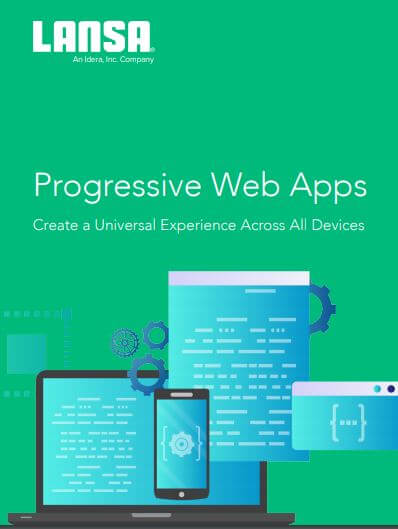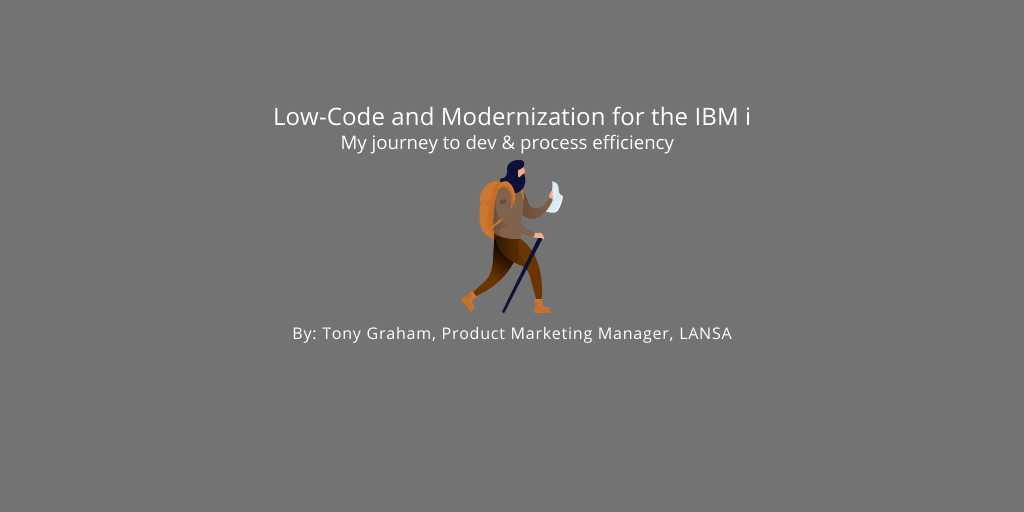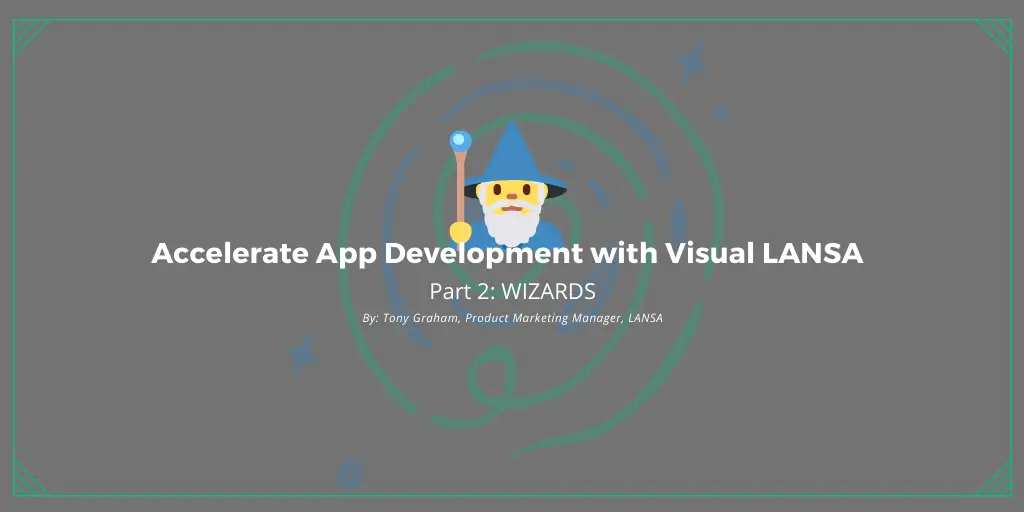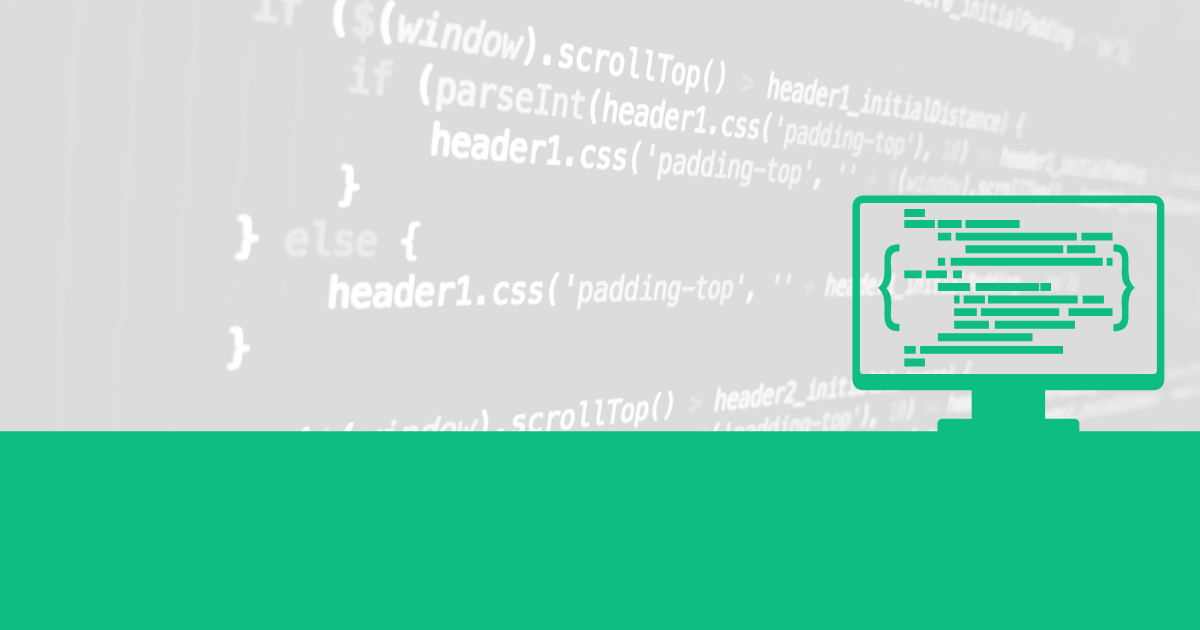Our saga begins in a company, not so far away, where a federation of end-users from all corners of the organization is unhappy with its IT department. They want more apps, better representation during the design phase, and faster delivery. IT, which is currently handcuffed by constantly changing technologies, can’t seem to do anything right in the eyes of the federation.
You see, the last several years have been dark days for IT. Ask any CIO how their role has changed over the last decade and they will respond with being asked to produce more, on a slashed budget and with less resources. The exploding number of new interfaces, devices, databases, operating systems, development languages and open-source frameworks-of-the-month have increased the complexity of application development, making it nearly impossible for IT to deliver anything in a timely fashion. Worse yet, the federation grows stronger every day as they become more web and mobile savvy, raising expectations and demanding more of IT.
Weak, the force is, with IT. And now great turmoil has erupted as the federation decided to take matters into their own hands and defy the laws of IT. Sadly, nearly every IT department throughout the galaxy is facing this same resistance.
The federation’s first wave of attacks was performed in the shadows of IT. Tired of waiting for and feeling neglected by IT, the federation recruited ordinary business users with little or no technical expertise to implement software solutions themselves without the explicit approval – or knowledge – of IT. These attacks weakened IT’s defenses, compromised security, and opened themselves up for attack from outside forces.
The second wave was initiated by a smaller subset of end-users, calling themselves Citizen Developers, using no-code development tools designed for those without any professional programming training. Once again, the federation was able to circumvent IT and create their own custom applications with complete disregard for scalability, compliance or security – effectively firing a death-ray straight into the heart of IT.
IT strikes back!
In an attempt to resolve the ongoing conflict between the federation and IT, developers are turning to powerful low-code development platforms because the force is strong with these tools. Designed for professional application developers, these rapid application development tools allow IT to become more powerful than ever before.
Compared to the dark days of traditional application development, low-code enables IT to regain control over the development process by minimizing hand-coding in multiple languages, maximizing re-use, reducing risk, and eliminating the need to employ the elusive and costly full-stack developer.
Low-code tools also open up lines of communication between the federation and IT by increasing participation and visibility during the design phases of an application. Advanced features like real-time prototyping, agile development, and continuous delivery improves requirement gathering, collaboration, and user acceptance. By working hand-in-hand with the federation, IT will deliver exactly what is expected – eliminating the need for federation forces to summon Citizen Developers.
LANSA provides IT with a low-code offering that includes three distinct features. First, LANSA’s application framework provides visual prototyping and a simulated runtime engine that involves end-users from conception through the delivery of the application, allowing them to feel their voice has been heard. Second, LANSA’s Business Rules Engine enforces system-wide business rules and validation logic without writing a single line of code, protecting data accuracy and reducing on-going maintaining. Last, LANSA provides a single-language development environment allows developers to remain focused on building new applications instead of constantly learning new skillsets.
If you’re interested in learning how to build enterprise apps at the speed of low-code and bring the force back to your current staff, then check out LANSA.


























